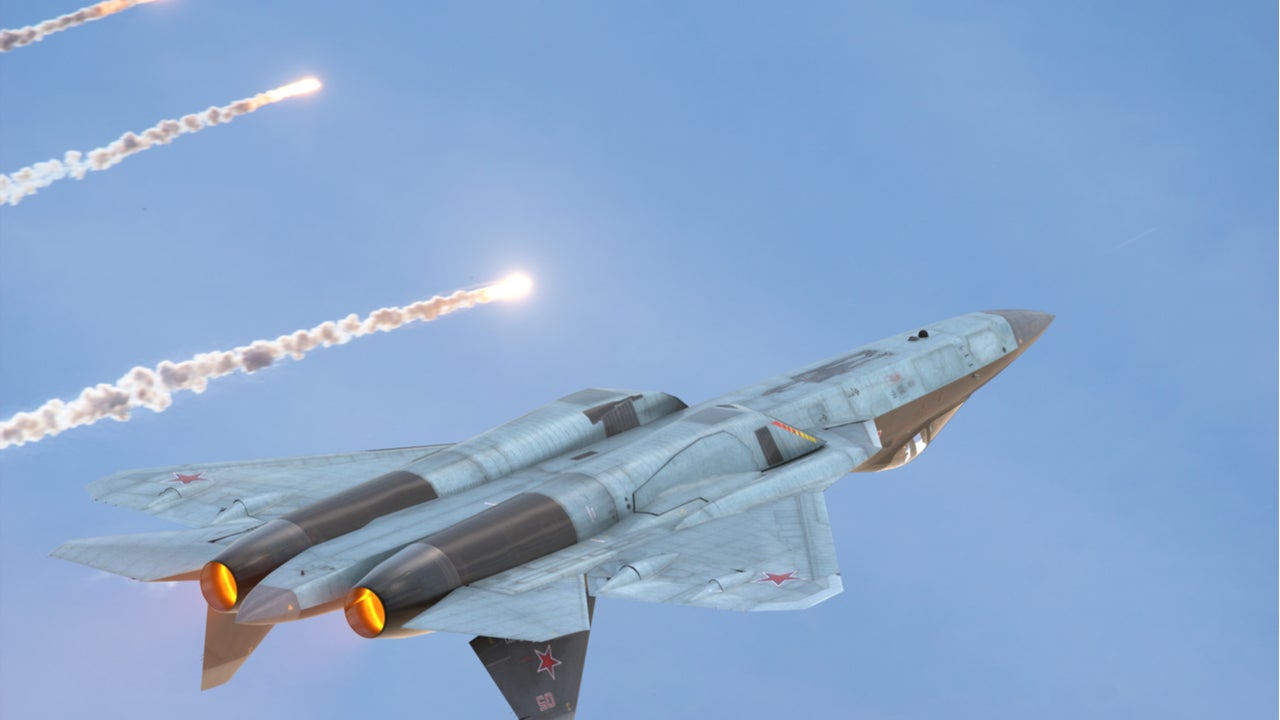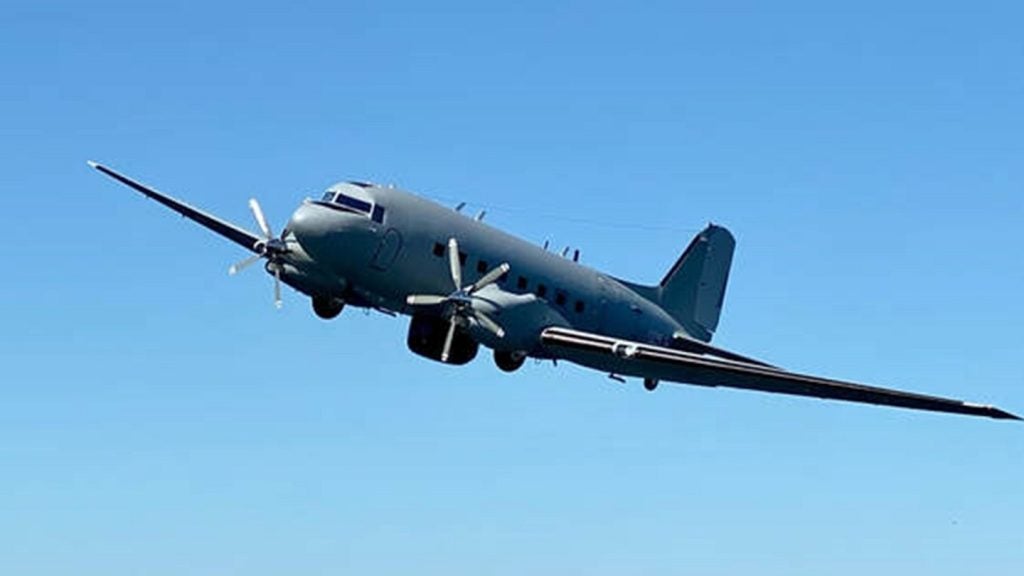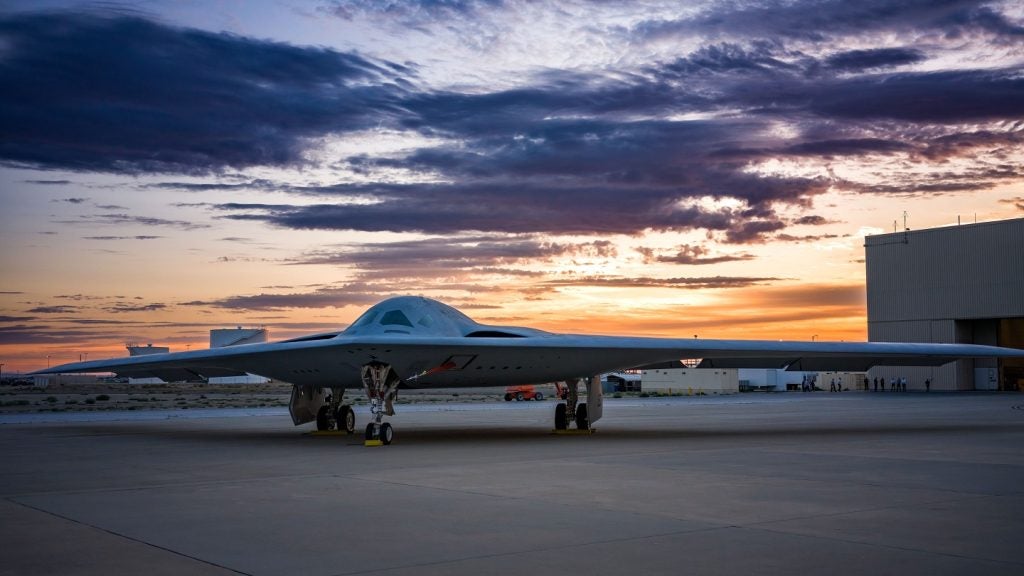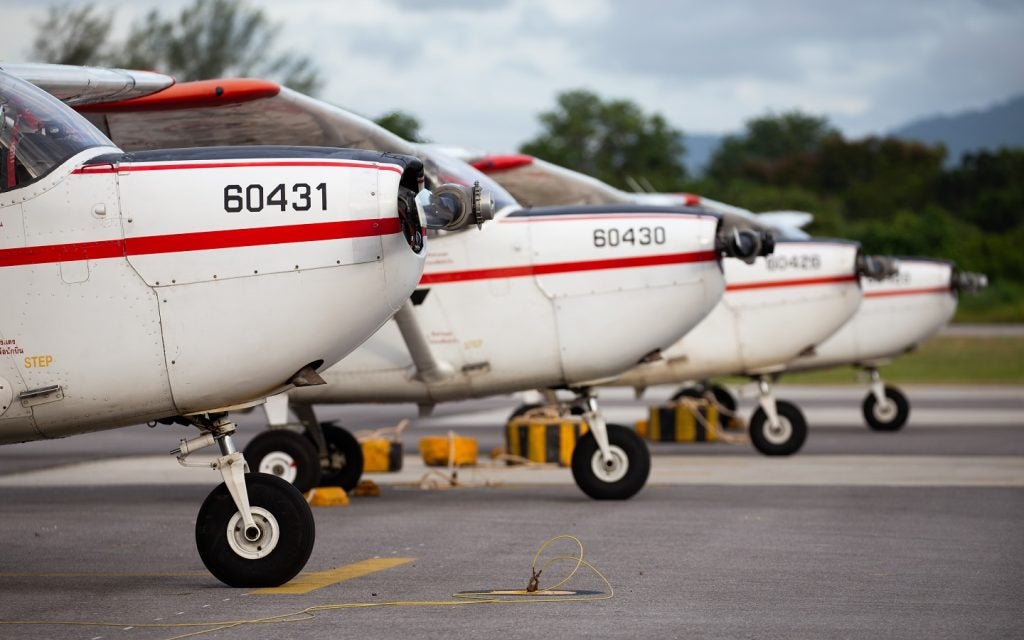
The Sukhoi Su-57 is a stealth-capable multi-role fifth-generation fighter jet being developed for the Russian Air Force. Airforce Technology details the key features of Su-57 that make it a force multiplier for the Russian Armed Forces.
Advanced capabilities over fourth-generation aircraft

The Su-57 is an outcome of the Russian Air Force’s PAK FA fifth-generation fighter jet programme. Codenamed ‘Felon’ by Nato, Su-57 is a twin-engine stealth fighter that will be used in both anti-air and air-to-ground operations.
Being developed by Sukhoi Design Bureau and Russian Aircraft Corporation, the aircraft performed its maiden flight in August 2019. The first stealth-capable fighter jet of Russia will provide advanced capabilities to the country’s armed forces regarding stealth, speed, weapons and sensors.
The aircraft will be equipped with multi-mission capability, automation and artificial intelligence technologies to significantly boost the capabilities of the Russian Air Force. It will eventually replace the air force’s MiG-29 and Su-27 fourth-generation aircraft. Felon offers a supersonic range of more than 1,500km, more than two times the range of the Su-27 fighter.
The fighter jet is currently powered by Izdeliye 117 or AL-41F1 augmented turbofans. Future production batches will be equipped with the new Izdeliye 30 engines. Thanks to improved aerodynamics, Sukhoi Su-57 can cruise at a speed of up to Mach 2 without the use of afterburners. It can achieve a range of up to 3,500km while travelling at subsonic speeds.
How well do you really know your competitors?
Access the most comprehensive Company Profiles on the market, powered by GlobalData. Save hours of research. Gain competitive edge.

Thank you!
Your download email will arrive shortly
Not ready to buy yet? Download a free sample
We are confident about the unique quality of our Company Profiles. However, we want you to make the most beneficial decision for your business, so we offer a free sample that you can download by submitting the below form
By GlobalDataRussia is also looking to field the S-70 Okhotnik (Hunter-B) strike drone alongside the Su-57 in a teaming arrangement in a war-like situation. The stealth-capable drone is also likely to be deployed as a ‘loyal wingman’ for the Sukhoi Su-57 fighter.
Improved design and avionics make the Su-57 a force to reckon with

The aircraft is built with composite materials that reduce the number of parts and thereby the overall weight, allowing mass production. It features a blended wing body fuselage and brings together the functions of a fighter jet and a strike aircraft.
Unlike the initial J-20 aircraft, the Sukhoi Su-57 is incorporated with 3D thrust vectoring controls that enable improved manoeuvrability at high speeds and altitudes. The 3D thrust vectoring control capability is also deemed to be better than that of the F-22 Raptor. The high manoeuvrability and supersonic cruise capability are expected to give the fighter an upper hand in close-range dogfight scenarios.
Felon has two side bays to store short-range air-to-air missiles and two internal weapon bays mounted between the engines. Carrying weapons internally will reduce drag while allowing the aircraft to maintain a low radar profile.
Advanced avionics are integrated into the aircraft with a high level of controlled automation and intelligent crew support. The improved avionics will reduce the pilot workload, allowing him to focus on tactics and strategies. Furthermore, the fighter will enable the pilot to exchange data and communication in real-time with control systems on the ground and with air groups. The aircraft has an active electronically scanned array (AESA) radar mounted on the nose and two side-facing AESA radars mounted on the aircraft’s cheeks for improved angular coverage.
Stealth features – a trade-off with manoeuvrability

In terms of stealth, the aircraft will bring improved capabilities over its predecessors, although it is said to be lacking behind some of the stealthier features of its competitors. Design features such as stealth shaping and innovations in the wings, control surfaces, and skin panels are incorporated to deflect radar waves.
The airframe is designed with planform edge alignment to reduce its radar cross-section (RCS). The fifth-generation fighter jet is equipped with advanced radio-electronic equipment, including a powerful onboard computer. Its radar system is spread across the fuselage.
What weapons does the Russian fifth-generation fighter carry?

Su-57 can be armed with four beyond-visual-range missiles and two short-range missiles for air-to-air combat missions. The active radar-homing K-77M (Izdeliye 180) missile is the primary medium-range missile of the fighter. An upgraded version of the R-77 medium-range missile, the K-77M is a beyond visual range (BVR) radar-guided missile equipped with an active electronically-scanned array radar seeker. Russia is also planning to add the new R-37M long-range hypersonic missiles to the aircraft’s firepower.
For ground strike capability, the Su-57 is fitted with the Kh-38 tactical ground missile and a range of KAB family precision-guided bombs. It also has external hard-points that can hold additional munitions to support non-stealth missions.
Countermeasures onboard Su-57 fighter: a challenge for rival platforms

The 101KS ‘Atoll’ infrared search-and-track sensor mounted on the nose allows the aircraft to detect and engage stealth targets from distance. The IMA BK integrated avionics suite comprising multi-core microprocessors and a new real-time operating system has the capability to automatically track enemy targets and suggest the most effective solution to the pilot.
The side-looking radar allows the pilot to execute a tactic known as beaming in which the aircraft turns perpendicular to an enemy’s pulse doppler radar array to avoid detection. It also enhances the situational awareness of the pilot.
The aircraft’s super-manoeuvrability allows it to dodge incoming long-range missiles and engage enemy aircraft within visual range.
A timeline of the Su-57 development
India entered a joint development programme with Russia in 2007 for the development of a fifth-generation fighter. However, it withdrew from the programme in 2018, which was conceived to develop an improved version of the Su-57, due to concerns over its perceived weaknesses associated with stealth, engine, and other mission capabilities. The Su-57 underwent its first flight in 2010. The country’s most advanced warplane successfully performed a mission in Syria as part of combat evaluation.
The Russian Air Force plans to procure 76 Su-57 aircraft for which a formal contract was signed in June 2019. Designed to destroy air, ground, and water surface targets, the aircraft is expected to be delivered by 2028.
The fighter suffered a crash during a test flight in the Khabarovsk region in southeastern Russia in December 2019. The Russian Air Force received the first mass-produced Su-57 fighter from Sukhoi in December 2020. The development of the second-generation Izdeliye 30 engine is still ongoing.







